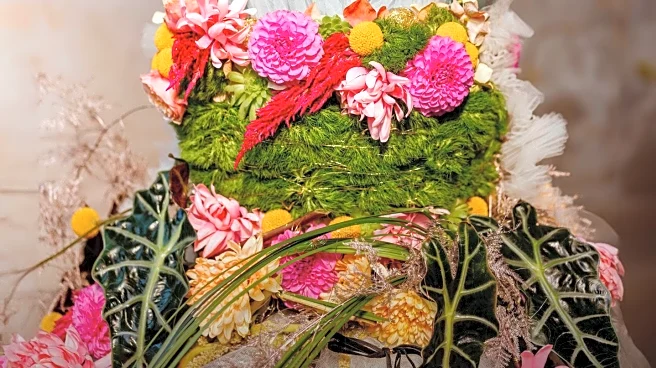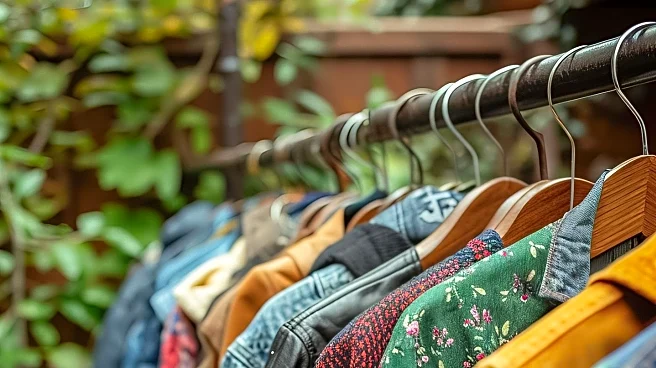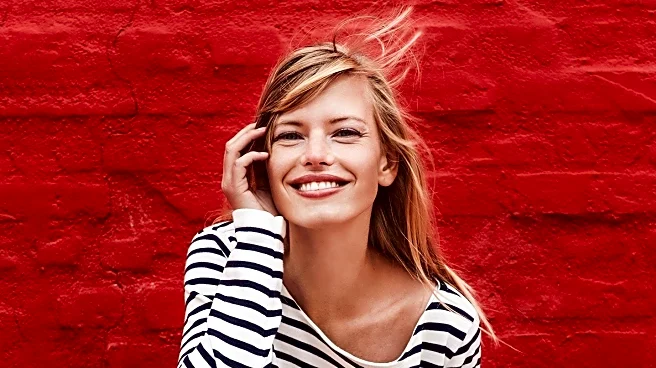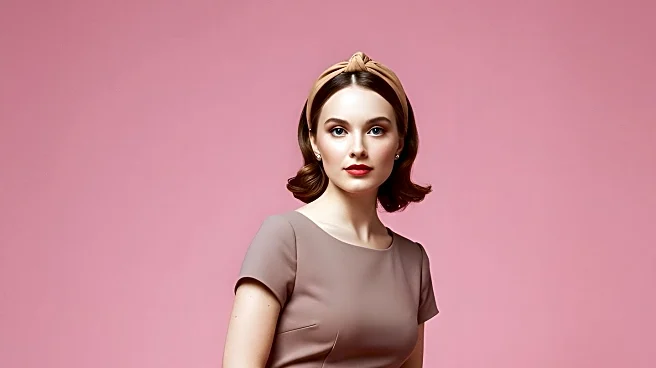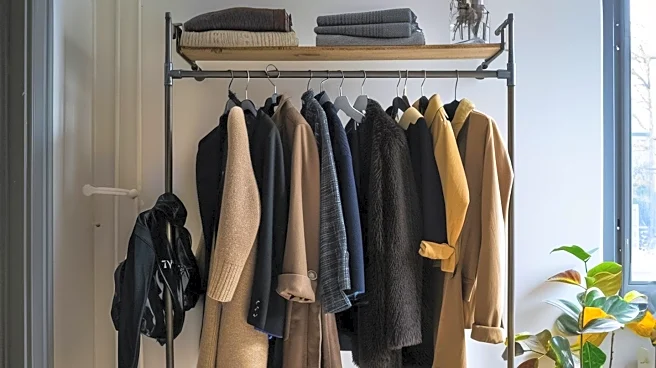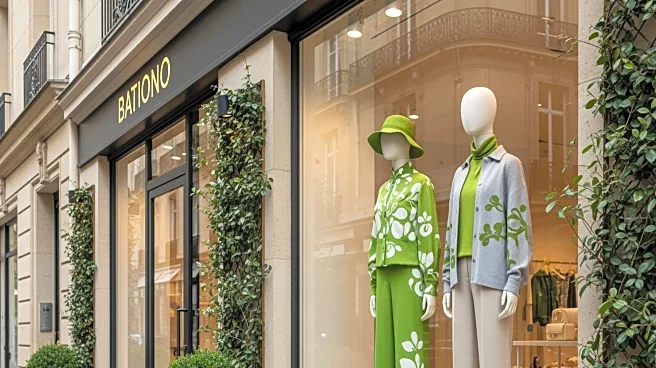What's Happening?
The Laguna Art Museum recently hosted an upcycled couture fashion show as part of its Art + Nature celebration. The event, which took place on November 1, showcased designs created by 14 student and early-career designers from across the United States.
These designers collaborated with local arts and environmental organizations to create garments that embody the theme 'Restoring the Future.' The fashion show featured a variety of innovative designs, including a plastic dress symbolizing the restoration of kelp forests and a dress made from khaki pants and batik fabric. The event was judged by notable figures in the fashion industry, and the winner will receive a one-week internship with sustainable fashion designer Katharine Story.
Why It's Important?
This event underscores the growing importance of sustainable fashion in the industry. By focusing on upcycled materials and eco-conscious design, the fashion show highlights the potential for fashion to contribute to environmental conservation efforts. The collaboration between designers and environmental organizations also emphasizes the role of community and education in promoting sustainability. This initiative not only provides a platform for emerging designers but also raises awareness about the environmental impact of fashion, encouraging more sustainable practices within the industry.
What's Next?
The fashion show is part of the larger Art + Nature festival, which continues until November 13. The winner of the fashion show will be announced after the festival concludes. This event may inspire further collaborations between fashion designers and environmental organizations, potentially leading to more sustainable fashion initiatives in the future. Additionally, the success of this event could encourage other museums and cultural institutions to host similar events, further promoting sustainable fashion practices.
Beyond the Headlines
The fashion show at the Laguna Art Museum highlights a cultural shift towards sustainability in fashion. By incorporating elements such as hand-sewing, crochet, and the use of found objects, the event challenges traditional fashion norms and encourages creativity in sustainable design. This approach not only benefits the environment but also fosters a deeper connection between designers and their communities, as they work together to address environmental challenges through art and fashion.
